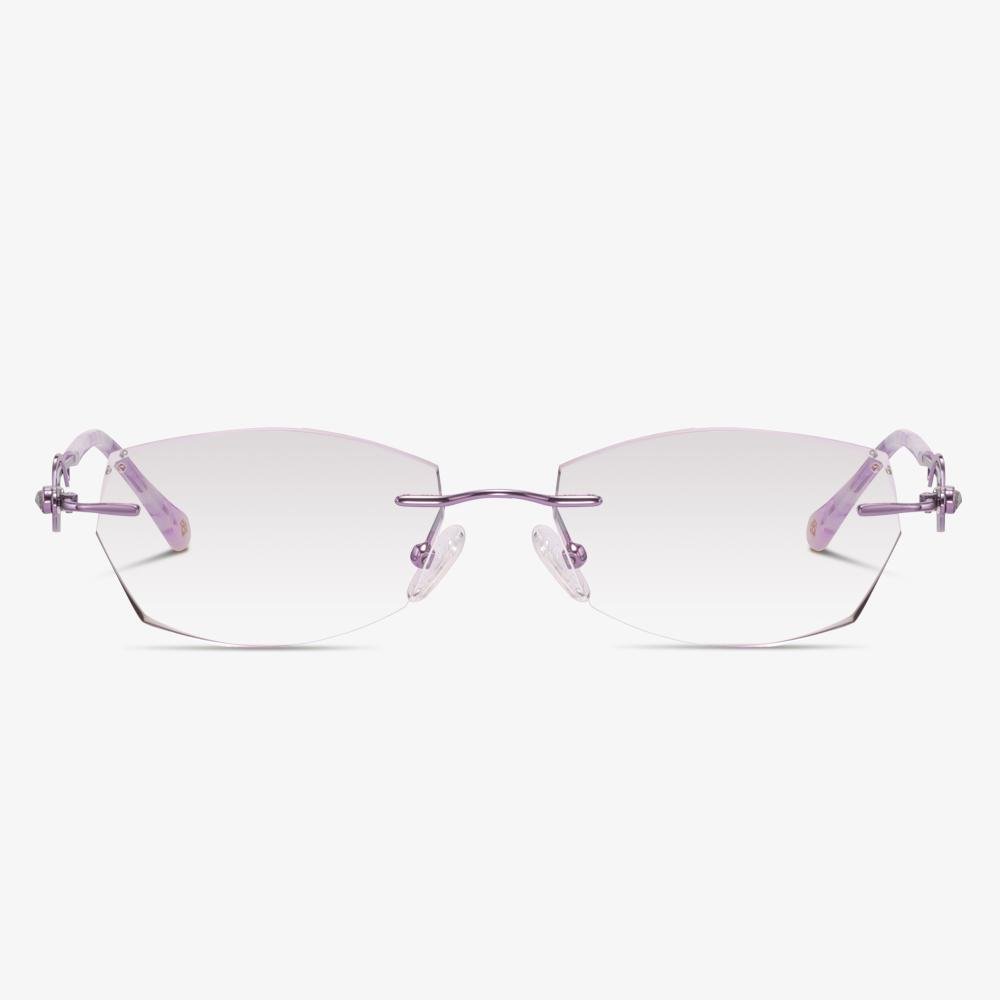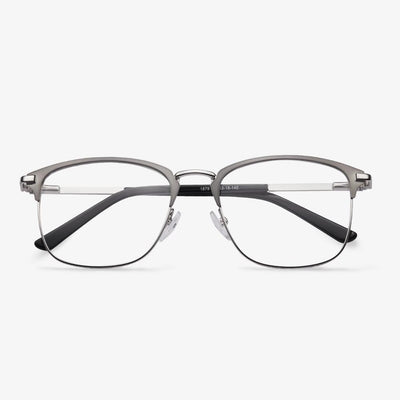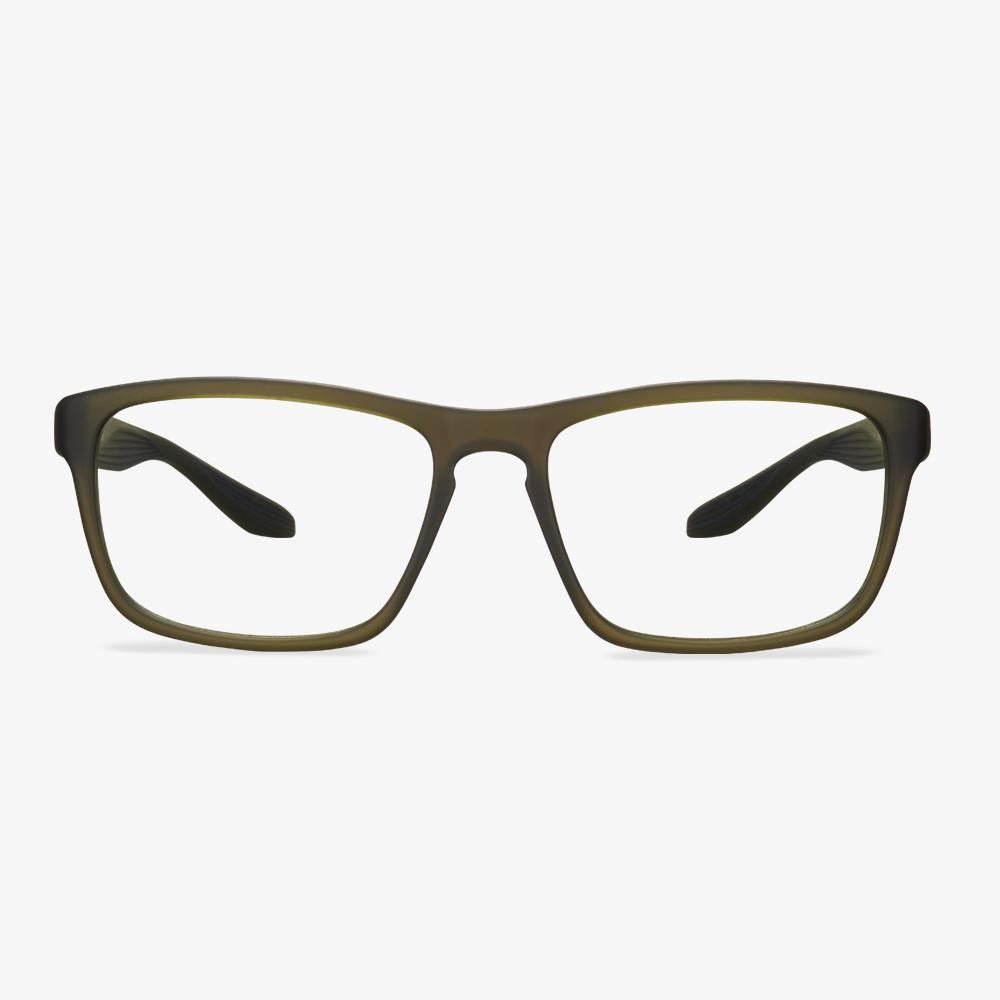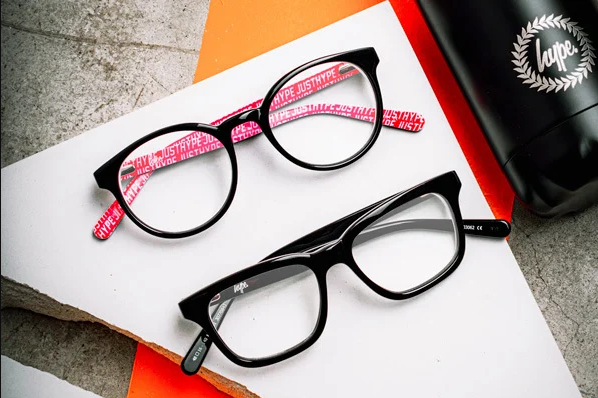How to choose the right glasses for myopia?
Nowadays, people are nearsighted, and they usually think of going with a pair of glasses. However, only from the media, we continue to see that there are substandard myopia glasses and frames in the report, so how should we choose when we buy glasses? How can I match a pair of suitable and high-quality glasses? Different glasses shops vary greatly from optics technology to the quality of lens frames, so different shops have different prices. Faced with a variety of glasses, how should we choose? Generally, we can look at these four standards. First, take a look at whether the eyewear company has obtained a production license for eyewear products. Second, see if the optometry equipment and testing instruments of the glasses companies have qualified marks. Third, see if the optometry and production staff are certified to work. Forth, look at whether the glasses have a conformity mark (certificate). The four certificates of eyewear companies are the prerequisite to ensure the quality of glasses.
RIVBOS Polarized Sports Sunglasses for Driving
TAC Polarizing Lenses - RIVBOS lenses are made from cellulose triacetate (TAC) material. TAC has quality optical properties that prevent the shrinkage of PVA polarized light film and has high strength surface scratch resistance. They help restore the original color, eliminate reflected and scattered light, and provide perfect eye protection. Rivbos frames are made from durable TR90 material. These polarized sunglasses feature flexible, stress-resistant frames that are able to withstand pressure without breaking. Whether it's sports or casual, you can show off your unique style.
What To Do with Old Glasses?
You can also choose to send your old glasses to others. You can ask your friends or ask around your social network to see if someone needs a pair of glasses. Then give them the old glasses.
If your glasses are too broken to be redistributed, do not just throw them out. You can choose to throw your old glasses into the recycle bin and they will be recycled.
If the only reason to give away your old glasses is that they are broken, you can try to repair them. After that, they can be useful.
Contact Lens Materials - HEME Mixed Materials
Using HEMA as the matrix, other monomer components are added to improve the hydrophilicity, oxygen permeability, anti-precipitation, and other functions of the lens.
How to know if lens is polarized?
Make use of LCD screens. Point the glasses horizontally at the LCD screen and then rotate them upward by 45 degrees clockwise. If it is a polarized lens, it will show a change in color deepening. If it does not change no matter how you rotate it, it is not a polarized lens. You can borrow another person's polarized lens or have previously worn a known true polarizer, and place it crossover with the new glasses you want to buy. At this time, you should see the object clearly from the crossover part with your eyes. Then cross the glasses vertically and horizontally, and at this point, the opposite object should not be visible from the intersection. If this condition is satisfied, it means that a true polarized lens is being tested.
Production technology of progressive lenses
In addition to the evolution in design, the production technology of progressive lenses is also constantly improving: the most representative one is the free-form technology. The emergence of free-form surface technology makes the production more flexible and rapid and can realize a more personalized design. For now, progressive lens design is done on the inside surface of the lens by a computer-controlled lathe, as if a master engraver could carve a piece of stone into a work of art.
What is blue light?
Our daily lives are inseparable from mobile phones, computers, tablet computers, and other electronic products. Many people's eyesight is also going downhill due to long-term exposure to strong light electronic screens, and their eyes are more or less potentially adversely affected. It is found that many optical stores sell blue light filter glasses, which have the function of blocking 99.9% UV and scattered blue light, alleviating visual fatigue. They claim that these glasses can block short-wave blue light emitted by electronic products such as mobile phones and computers, and even prevent age-related macular degeneration so they are much sought after by consumers. The price of these so-called anti-blue-light glasses varies greatly, ranging from dozens of dollars to several thousand dollars. Do these blue light blocking glasses really have so many magical functions?
The natural light seen by the human eye is composed of a spectrum of different colors, including red light, orange light, yellow light, green light, blue light, indigo light, purple light, which gives people a visual feeling of white. Different wavelengths present different colors visually, and the shorter the wavelength, the higher the energy. At present, products with electronic screens such as computers and mobile phones use LEDs and other materials to emit light mainly in three colors of red, green, and blue, and blue light accounts for the main part. Blue light belongs to the range of visible light, belongs to short waves. And the wavelength is between 400 nanometers and 500 nanometers, which is close to ultraviolet and carries a large amount of energy. And this part from 400 nanometers to 450 nanometers is called high-energy short-wave blue light.











































